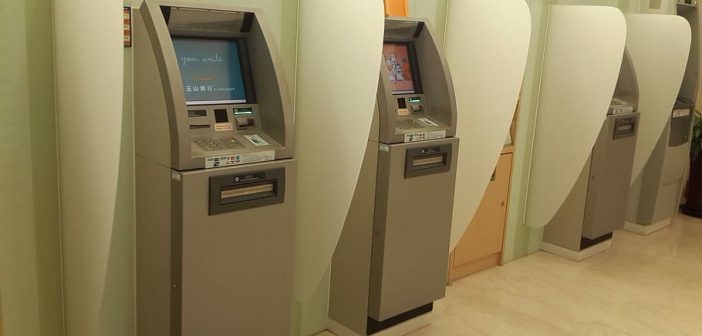In the fast-paced world of today, convenience reigns supreme. This holds true for managing finances as well. Gone are the days of long queues and endless paperwork for bill payments. ATMs (Automated Teller Machines), once synonymous with cash withdrawals, have evolved into powerful tools for streamlining bill payments in India. Here’s a comprehensive exploration of the numerous benefits that paying bills through ATMs offers:
Unparalleled Convenience:
- 24/7 Accessibility: Unlike banks or bill collection offices with limited operating hours, ATMs offer round-the-clock access for bill payments. This allows you to settle your dues anytime, day or night, according to your schedule.
- Quick and Easy Transactions: Paying bills through ATMs is a breeze. With user-friendly interfaces and step-by-step instructions, even those less familiar with technology can navigate the process efficiently.
- Minimal Effort: Say goodbye to writing multiple cheques or filling out tedious forms. Simply select the biller, enter your account details and the amount, and the transaction is complete.
Enhanced Efficiency:
- Multitude of Billers: Most ATMs allow you to pay a wide range of bills, including electricity, water, telephone, mobile recharge, internet, and even insurance premiums. This one-stop solution saves you time and effort by eliminating the need to visit multiple bill collection points.
- Reduced Paperwork: Opting for ATM bill payments eliminates the need for paper bills and manual payment slips. This contributes to a more sustainable and paperless environment.
- Instant Confirmation: As soon as you complete the transaction, you receive instant confirmation on the ATM screen and often a confirmation SMS. This provides immediate peace of mind knowing your payment has been processed.
Financial Management Benefits:
- Staying on Top of Payments: ATM bill payments help you avoid late fees and penalties associated with missed deadlines. Scheduled bill reminders on your phone or setting up automatic payments can further streamline the process.
- Detailed Transaction History: Most ATMs offer transaction history options, allowing you to track your bill payments conveniently. This facilitates easy record-keeping and helps you maintain a clear financial picture.
- Improved Cash Flow Management: Planning your bill payments in advance and utilizing ATM payments ensures timely settlement of dues. This helps manage your cash flow more effectively and avoid financial shortfalls.
Security and Reliability:
- Secure Transactions: Modern ATMs employ robust security measures like PIN verification and two-factor authentication to safeguard your financial information during transactions.
- Reliable Network: Reputable banks and ATM networks prioritize uptime and maintain reliable infrastructure to minimize transaction failures. Additionally, in case of any discrepancies, customer support channels are readily available.
- Transaction Records: Detailed transaction records generated with ATM bill payments serve as documented proof of payment, which can be helpful in case of any disputes or discrepancies with the biller.
Beyond the Obvious Benefits:
- Rural Accessibility: The growing network of ATMs in rural areas provides residents with convenient access to bill payment facilities, promoting financial inclusion and reducing dependence on traditional methods.
- Economic Growth: Increased use of ATMs for bill payments translates to greater efficiency in the financial system, contributing to overall economic growth.
- Digital Transformation: The widespread adoption of ATM bill payments is a testament to India’s growing digital economy and the increasing comfort level of the population with technology-driven financial solutions.
Addressing Potential Challenges:
While ATM bill payments offer numerous benefits, it’s important to acknowledge some potential challenges:
- Limited Bill Payment Options: While the range of billers covered by ATMs is expanding, some specific service providers may not yet be integrated with the system.
- Transaction Fees: Some banks might levy a nominal fee for ATM bill payments. Evaluating the fee structure compared to the time saved and convenience offered can help you decide if it’s worthwhile.
- Technical Issues: As with any technology-driven system, occasional technical glitches might occur. However, most banks have robust customer support systems to address these issues efficiently.
Conclusion:
Paying bills through ATMs presents a compelling alternative to traditional methods in India. The convenience, efficiency, and security offered make it a valuable tool for managing finances effectively. As technology advances, and the network of billers expands, ATM bill payments are poised to become even more ubiquitous, empowering individuals and contributing to a more streamlined financial ecosystem in India. Remember, staying informed about the available options and potential fees associated with different ATM providers will allow you to maximize the benefits of this convenient technology.





